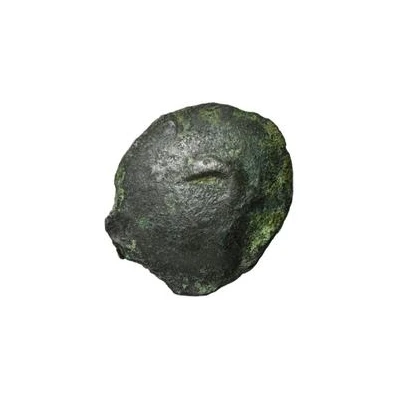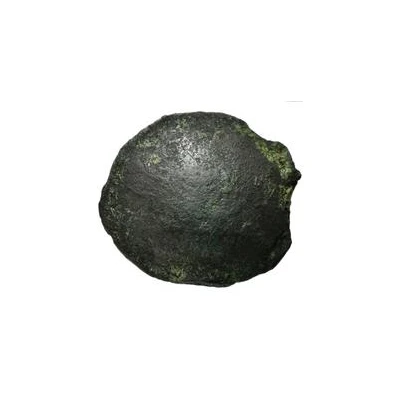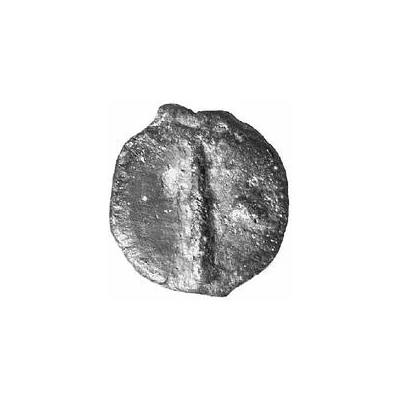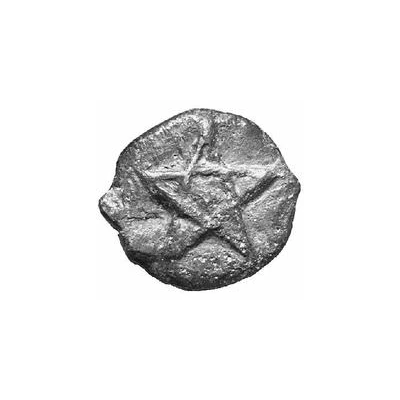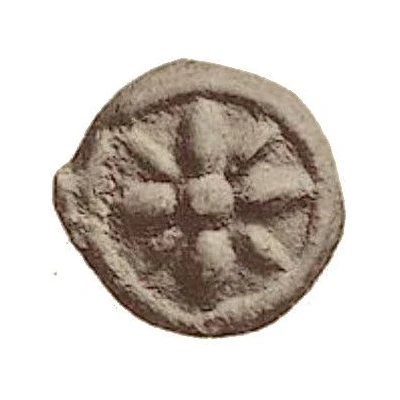
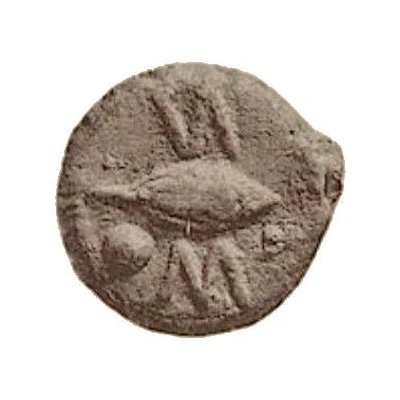

© Ernst Haeberlin; 1910. "Aes Grave". Joseph Baer, Frankfurt, Germany (CC0)
1 Uncia 301 BC - 201 BC
| Bronze | 29.80 g | 33 mm |
| Issuer | Uncertain city of Central Italy |
|---|---|
| Type | Standard circulation coin |
| Years | 301 BC - 201 BC |
| Value | Uncia (1⁄12) |
| Currency | As (circa 301-201 BC) |
| Composition | Bronze |
| Weight | 29.80 g |
| Diameter | 33 mm |
| Shape | Round (irregular) |
| Technique | Cast |
| Demonetized | Yes |
| Updated | 2024-10-10 |
| Numista | N#186635 |
|---|---|
| Rarity index | 100% |
Reverse
Barley grain with letter above and dot and letter below.
Lettering:
N
M
Edge
Plain
Interesting fact
The Uncia coin was used in the ancient Roman Empire, and its name "Uncia" actually means "one-twelfth" in Latin, referring to the fact that it was equal to one-twelfth of a Roman pound. This coin was widely used in trade and commerce throughout the empire, and its design and weight were standardized to ensure consistency and authenticity. Despite being made of bronze, which was a relatively common material at the time, the Uncia coin was still considered a valuable and reliable form of currency.
